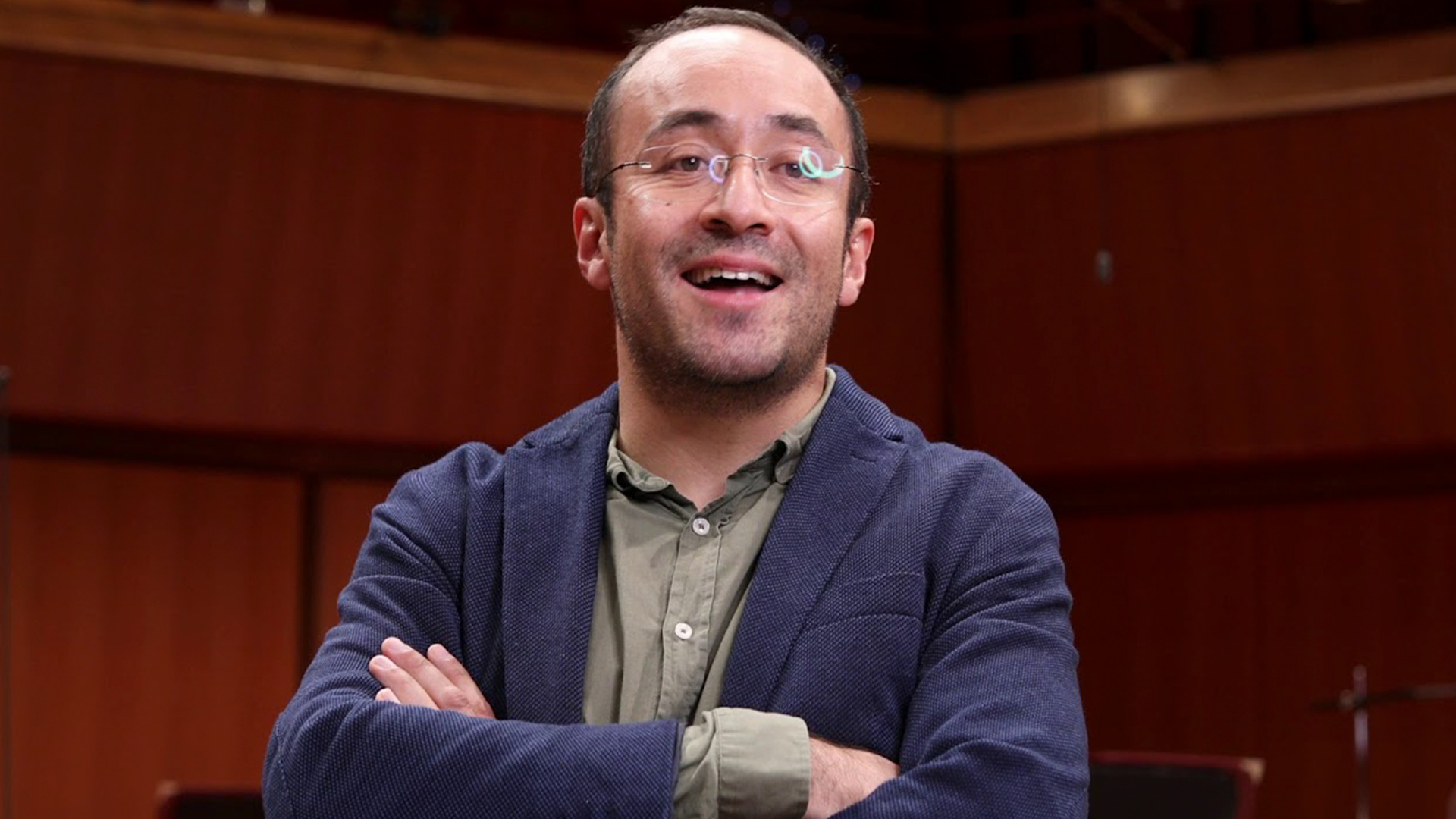FRANZ JOSEPH HAYDN
Symphony n. 60 in C major
Il distratto Hob. I:60
ANNA CLYNE
Sound and Fury
(first Italian performance)
RICHARD STRAUSS
Don Quixote op. 35
Cello
Riccardo Agosti
Viola
Antonio Bossone
Conductor
Riccardo Minasi
Opera Carlo Felice Genova Orchestra
The program of Novecenti outlines an interesting path across the Symphony n. 60 Il distratto by Franz Joseph Haydn, Sound and Fury of the contemporary Anna Clyne – Italian premiere – and one of the most inspired symphonic poems of the musical history: Don Quixote by Richard Strauss.
The Symphony n. 60 was composed by Haydn in 1774, initially as a stage music for the comedy Der Zerstreute, adapted in German language from the original French version by François Regnard Le distrait. The great success of the performance was also due to music, which was soon independently incorporated into the theatrical scene. The theatrical nature of the composition justifies the unusual structure in six movements, with an initial Adagio functioning as ouverture and the following movements as interludes between the acts of the comedy. Even in the quite varied and articulated writing, there are some peculiar traits and recurrent themes alluding to the dramaturgic plan.
It is precisely by such a rich and unusual material that Anna Clyne – contemporary composer of British origins, active both in the field of acoustic music and electronic music with a wide catalogue performed worldwide – is inspired in Sound and Fury, performed for the first time in 2019 at the Queens Hall of Edinburgh. As explained by the same composer in the notes published by Boosey & Hawkes, the writing process originates from the listening of the Symphony n. 60 and from the transcription of some musical themes that have been reworked into a piece subdivided in six internal sections of a unique act. The element of repetition and proliferation is of literary inspiration, from the protagonist’s monologue in Macbeth when he becomes aware of his wife’s death. Some particular verses by Shakespear give his writing a musical rhythm through repetition:
Tomorrow, and tomorrow, and tomorrow, / Creeps in this petty pace from day to day, / To the last syllable of recorded time; / And all our yesterdays have lighted fools / The way to dusty death. Out, out, brief candle! / Life’s but a walking shadow, a poor player, / That struts and frets his hour upon the stage, / And then is heard no more. It is a tale / Told by an idiot, full of sound and fury, / Signifying nothing.
(Domani, e domani e domani, / si insinua giorno dopo giorno, / verso l’ultima sillaba del copione; / e tutti i nostri ieri avranno rischiarato a dei pazzi / la polverosa via della morte. Spegniti, spegniti, breve candela! / La vita non è che un’ombra che cammina, un povero attore / che si pavoneggia e si agita su un palcoscenico per il tempo a lui assegnato, / e poi di lui nulla più s’ode: è un racconto / narrato da un idiota, pieno di strepiti e furori / che non significano nulla).
This is the origin of the title: Sound and Fury.
Richard Strauss wanted to dedicate a musical piece to Miguel de Cervantes’ novel Don Quixote. For some reason, he completed the composition only after many revisions at the end of 1897. The piece entitled Don Quixote is a rich symphonic poem conceived for 97 elements. The first performance took place in Cologne on March 8, 1898. Richard Strauss wanted to dedicate a musical piece to Miguel de Cervantes’ novel Don Quixote. For some reason, he completed the composition only after many revisions at the end of 1897. The main theme is played by the cello and represents the protagonist. The cello is therefore the central element, though it is not a soloist part as the instrumental structure of the piece is nearer to a symphony than to a concert for soloist and orchestra. The viola plays a secondary theme, accompanying the first one and representing the esquire Sancho Panza. The introduction presents Don Quixote as in the first chapter of the novel. The different themes represent his knightly enterprises. The funny Sancho Panza “joins him onstage” and accompanies him through the tragicomic adventures of the plot such as fights, encounters and romantic dreams, variation after variation. The Finale is a moment of reflection and contemplation following the many happenings of the story, preceding the protagonist’s death.
Ludovica Gelpi

